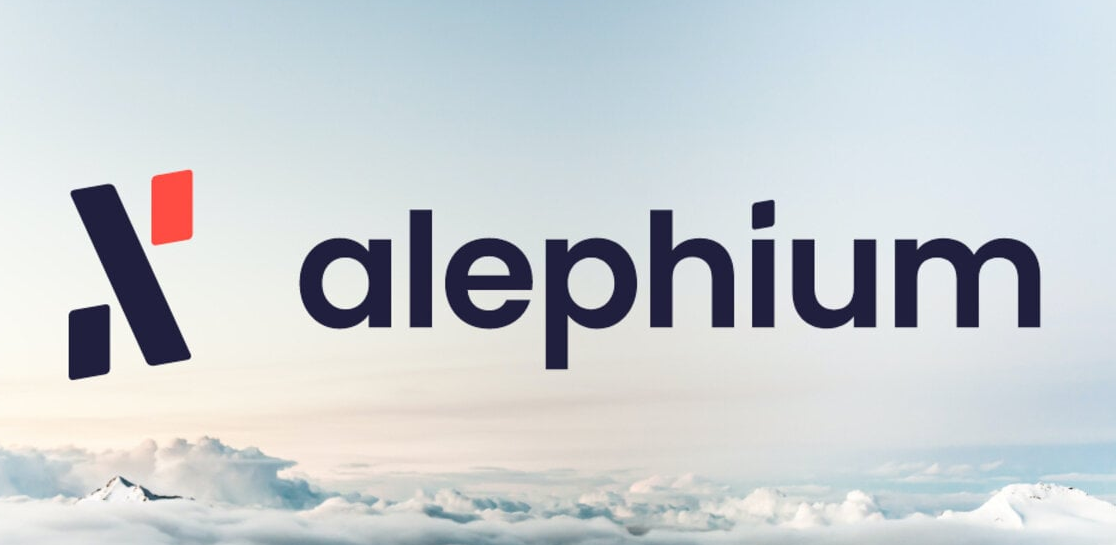In the dynamic landscape of cryptocurrency, Alephium (ALPH) emerges as a trailblazer, leveraging cutting-edge blockchain technology and innovative solutions to address scalability challenges. Let’s delve deeper into the intricacies of the Alephium project, drawing insights from their official website, alephium.org.
Alephium (ALPH) Project Overview:
Alephium is a decentralized blockchain platform designed to revolutionize the way transactions are processed, offering unparalleled scalability, efficiency, and flexibility. The project’s foundation rests on Hierarchical Consensus (HC), a novel consensus mechanism that optimizes block production and validation while maintaining decentralization.
Key highlights of the Alephium project, as gleaned from alephium.org, include:
- Hierarchical Consensus (HC): Alephium’s HC mechanism ensures high throughput and low latency transactions, making it ideal for applications requiring real-time processing.
- Scalability: With linear scalability at its core, Alephium can handle increasing transaction volumes without sacrificing performance or decentralization.
- Flexibility: Smart contracts on Alephium are written in Solidity, providing developers with a familiar environment for building decentralized applications (dApps).
- Decentralization: Alephium’s commitment to decentralization is evident in its distributed block validation process, ensuring network resilience and censorship resistance.
Mining ALPH Tokens with Blake3 Algorithm:
Recently, Alephium transitioned to using the Blake3 algorithm for mining ALPH tokens, enhancing efficiency and security. Here’s a closer look at ALPH mining, as detailed on alephium.org:
- Proof-of-Work (PoW): Miners contribute computational power to validate transactions and secure the network through PoW.
- Blake3 Algorithm: ALPH tokens are mined using the Blake3 algorithm, chosen for its superior performance and resistance to ASIC mining.
- Mining Rewards: Miners receive rewards in ALPH tokens for successfully mining blocks and validating transactions, ensuring the integrity of the network.
- Staking: In addition to mining, users can stake ALPH tokens to participate in block validation and earn rewards through the PoS mechanism.
Getting Started with ALPH Mining:
Ready to embark on your ALPH mining journey? Here’s a step-by-step guide, inspired by alephium.org:
- Hardware Setup: Equip your mining rig with GPUs and Asics compatible with the Blake3 algorithm, ensuring optimal performance.
- Software Configuration: Download and configure mining software optimized for ALPH mining, utilizing the power of Blake3 for efficient hashing.
- Mining Pools: Consider joining a mining pool to pool resources with other miners and increase your chances of earning rewards.
- Monitoring and Optimization: Monitor your mining operation closely, adjusting settings as needed to maximize efficiency and returns.
Conclusion:
Alephium (ALPH) stands as a beacon of innovation in the blockchain space, driven by its commitment to scalability, efficiency, and decentralization. With the recent adoption of the Blake3 algorithm and insights gleaned from alephium.org, crypto enthusiasts can gain valuable insights into the potential of ALPH tokens and actively contribute to the growth of the Alephium ecosystem.
Stay informed and engaged with Alephium and other exciting cryptocurrency projects at BitlyFool.com!
Disclaimer: Cryptocurrency mining carries risks and requires technical expertise. Prior to engaging in mining activities, conduct thorough research and consider seeking advice from experts to ensure a safe and rewarding experience.





